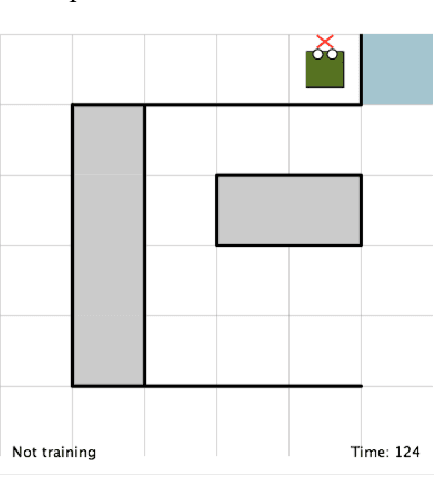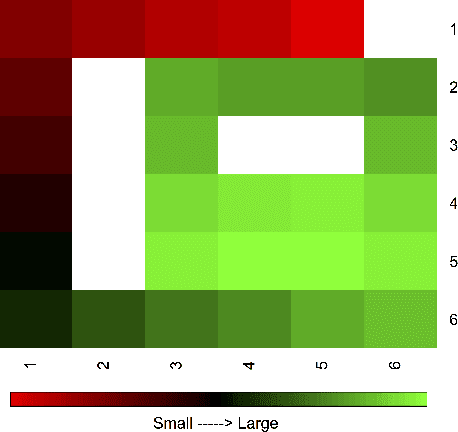Qixin Sha
GAN-Based Interactive Reinforcement Learning from Demonstration and Human Evaluative Feedback
Apr 14, 2021



Abstract:Deep reinforcement learning (DRL) has achieved great successes in many simulated tasks. The sample inefficiency problem makes applying traditional DRL methods to real-world robots a great challenge. Generative Adversarial Imitation Learning (GAIL) -- a general model-free imitation learning method, allows robots to directly learn policies from expert trajectories in large environments. However, GAIL shares the limitation of other imitation learning methods that they can seldom surpass the performance of demonstrations. In this paper, to address the limit of GAIL, we propose GAN-Based Interactive Reinforcement Learning (GAIRL) from demonstration and human evaluative feedback by combining the advantages of GAIL and interactive reinforcement learning. We tested our proposed method in six physics-based control tasks, ranging from simple low-dimensional control tasks -- Cart Pole and Mountain Car, to difficult high-dimensional tasks -- Inverted Double Pendulum, Lunar Lander, Hopper and HalfCheetah. Our results suggest that with both optimal and suboptimal demonstrations, a GAIRL agent can always learn a more stable policy with optimal or close to optimal performance, while the performance of the GAIL agent is upper bounded by the performance of demonstrations or even worse than it. In addition, our results indicate the reason that GAIRL is superior over GAIL is the complementary effect of demonstrations and human evaluative feedback.
Deep Interactive Reinforcement Learning for Path Following of Autonomous Underwater Vehicle
Jan 10, 2020



Abstract:Autonomous underwater vehicle (AUV) plays an increasingly important role in ocean exploration. Existing AUVs are usually not fully autonomous and generally limited to pre-planning or pre-programming tasks. Reinforcement learning (RL) and deep reinforcement learning have been introduced into the AUV design and research to improve its autonomy. However, these methods are still difficult to apply directly to the actual AUV system because of the sparse rewards and low learning efficiency. In this paper, we proposed a deep interactive reinforcement learning method for path following of AUV by combining the advantages of deep reinforcement learning and interactive RL. In addition, since the human trainer cannot provide human rewards for AUV when it is running in the ocean and AUV needs to adapt to a changing environment, we further propose a deep reinforcement learning method that learns from both human rewards and environmental rewards at the same time. We test our methods in two path following tasks---straight line and sinusoids curve following of AUV by simulating in the Gazebo platform. Our experimental results show that with our proposed deep interactive RL method, AUV can converge faster than a DQN learner from only environmental reward. Moreover, AUV learning with our deep RL from both human and environmental rewards can also achieve a similar or even better performance than that with the deep interactive RL method and can adapt to the actual environment by further learning from environmental rewards.
 Add to Chrome
Add to Chrome Add to Firefox
Add to Firefox Add to Edge
Add to Edge